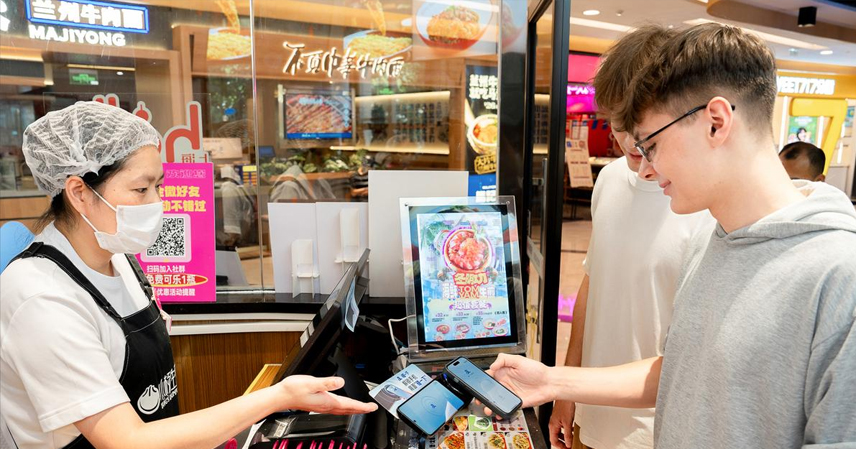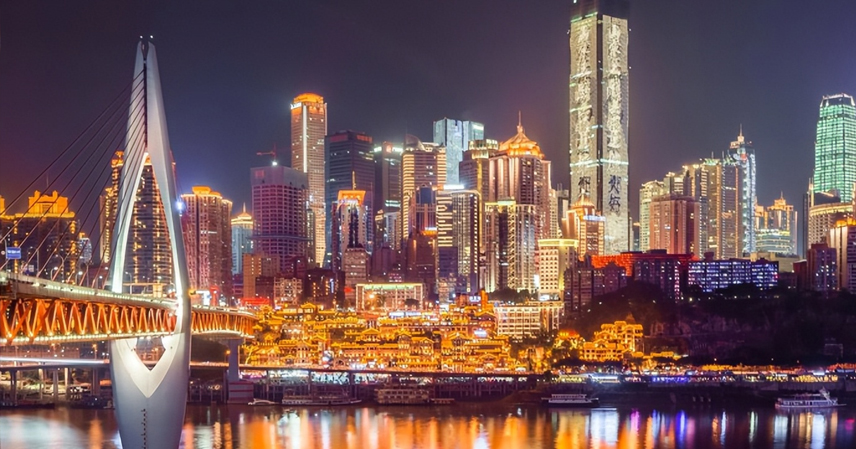When a foreign vlogger films themselves buying tofu at a Chengdu market, whispering “amazing!”, or posts a clip of night markets full of barbecue smoke captioned “this is life,” few in China would find it remarkable. Yet on TikTok and YouTube, these unpolished moments often go viral—amassing millions of views and reshaping how the world perceives China.
Behind these spontaneous videos lies a quiet but powerful transformation: a grassroots cultural diplomacy that is rewriting the global narrative about China—not through official press releases, but through the lenses of ordinary visitors.
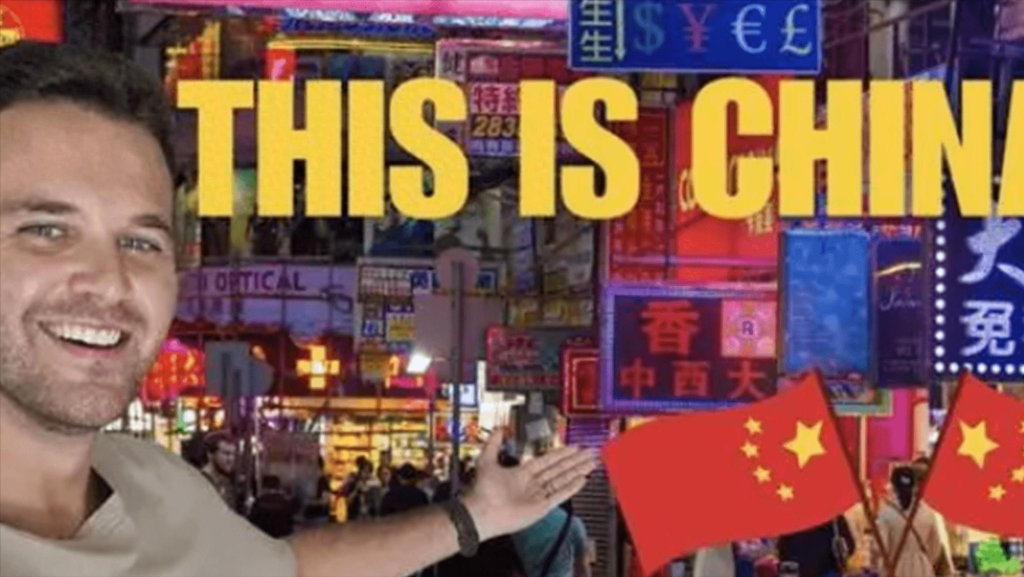
From “Tourist Check-ins” to Cultural Immersion
In the past, many foreign travelers treated China as a checklist destination—Great Wall, Terracotta Warriors, Forbidden City—and left with little sense of the country’s daily rhythm. But the trend is shifting.
By 2025, China’s visa-free transit policy had expanded to 55 countries, covering over 60 ports of entry and allowing up to 10 days of stay. This policy effectively handed travelers a “cultural pass,” transforming quick stopovers into immersive experiences.
Take Russia, for instance: a month after the implementation of the bilateral visa-free policy, nearly 30,000 Russian tourists entered Shanghai in just two weeks. One Russian traveler, originally on a layover, stayed to explore Yu Garden, tried on a Hanfu outfit, and posted a “time-travel to ancient China” vlog—garnering over a million views.
At the same time, digital integration has removed major barriers. The new “foreign card binding” system allows visitors to connect their international bank cards with Alipay and WeChat Pay, making them feel like locals—scanning QR codes for subway rides or buying breakfast crepes.
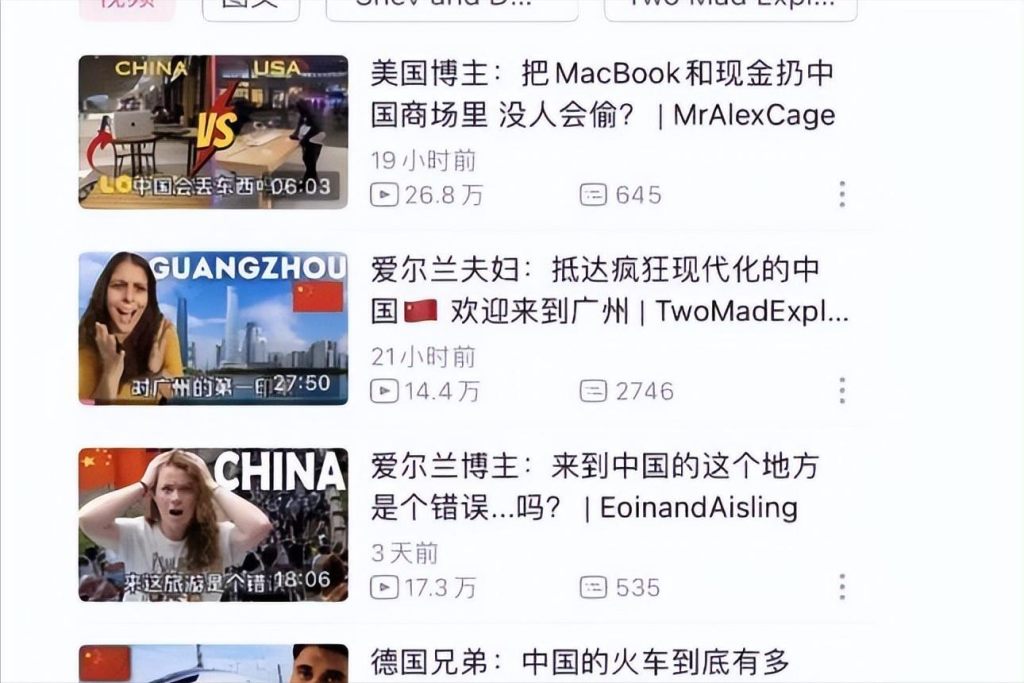
A French tourist filmed himself in Beijing’s Sanlitun scanning and paying effortlessly, saying, “For the first time, I feel like a true global citizen.” His clip went viral not just for convenience, but for what it symbolized: the democratization of technology and access.
Even language is no longer a wall. In places like Guangzhou and Shenzhen, AI-powered translation devices have become common at food stalls. A German couple filmed a cheerful “lost-in-translation” exchange with a vendor, later titled “This Is the China We Want to See.” It turned into a micro-documentary on German social platforms, sparking curiosity and affection among viewers.
Everyday Life, Extraordinary Perceptions
What moves people most isn’t the skyscraper skyline—but the ordinariness of daily life.
An Australian vlogger filming a Chengdu morning market at 5 a.m. was struck by the orderliness and vitality, remarking, “I thought only Tokyo had this kind of morning rhythm—turns out Chengdu does too.”
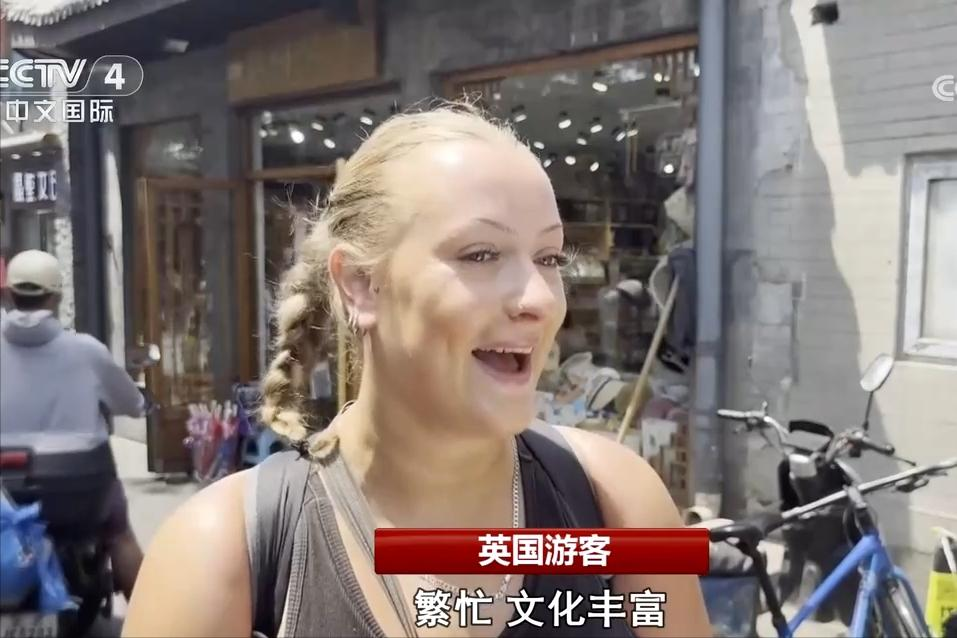
For him, the market’s bustle represented not chaos but civic energy. Similarly, a U.S. traveler who took the high-speed train from Nanjing to Beijing was stunned by the smooth ride, clean cabins, and 350 km/h stability. “This isn’t just transport,” he said, “it’s civilization in motion.”
When compared to America’s frequent rail delays, the video triggered a debate on social media about “what modernization really means.”
Even pricing became a viral talking point. Five-yuan noodles, affordable handmade crafts, and a generous tax refund policy created what foreign users call “affordable wonder.” A British influencer documented his shopping trip in Yiwu, showing how he bought a drone for a fraction of London’s price. The comments flooded with requests: “Can you share the shop link?”
Yet what audiences connect with most isn’t the low cost—but the sense of “human warmth wrapped in efficiency.”
In one widely shared clip, a German couple got lost in Guangzhou’s night market and were guided by a local youth all the way to their hotel. In another, a French girl in Chongqing was invited by a taxi driver to join his family for hotpot.
For global viewers accustomed to cold urban anonymity, these moments became symbols of kindness and community—proof that “national image” can be built one smile at a time.
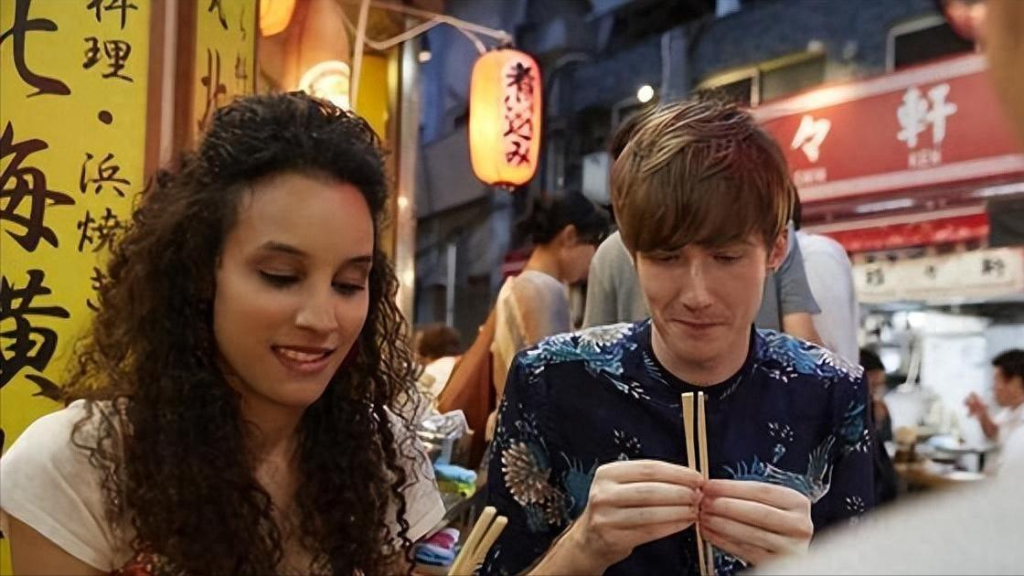
From Viral Clips to Global Discourse
These viral videos thrive not because they are perfectly edited, but precisely because they are not.
They are authentic, shaky, unfiltered, and deeply human—qualities that resonate with Gen Z’s craving for realism. A French girl’s low-resolution market video became a sensation because her awe was genuine. Viewers commented, “We’re not seeing food; we’re seeing a way of life.”
Authenticity itself becomes a trust premium—and trust, in the digital age, is the rarest currency.
Through these amateur videos, stereotypes built over decades are quietly dismantled. A Canadian vlogger’s clip of drones delivering parcels and bike-sharing systems operating in perfect order attracted over 100 million views. He ended with the line: “I saw a different China.” That one sentence carried more weight than many formal statements—because it came from an unfiltered personal experience.
What’s even more remarkable is that this movement transcends cultural and linguistic borders. Hotpot, Hanfu, tech innovation—these are universal conversation starters. A viewer in Berlin can duet a Chengdu street food clip wearing Hanfu, turning passive consumption into interactive empathy.
This isn’t one-way cultural export—it’s mutual resonance.
And the ripple effect is real: after a German couple’s “lost in Guangzhou” vlog went viral, a local travel agency launched a “Guangzhou Night Tour” itinerary. A casual clip turned into an economic catalyst.
In the age of social media, global perception is no longer shaped by official communiqués but by a pancake video gone viral.

Conclusion
The foreign tourists behind these viral clips are more than casual travelers—they are accidental ambassadors.
Through a meal, a smile, or a subway ride, they reveal a China that is human, modern, and multifaceted. Their stories challenge bias not with confrontation, but with curiosity.
In the long run, these unplanned acts of cultural exchange may achieve what no formal campaign can: a genuine rebalancing of global narratives—where understanding grows not from speeches, but from shared experiences.
China, in the quiet rhythm of its everyday life, is winning hearts not through grandeur, but through authenticity. And that, perhaps, is the most persuasive diplomacy of all.
References
- CCTV News, “China’s Tourism Vitality Continues to Attract Global Visitors”, Oct. 17, 2025
- Xinmin Evening News, “Visa-Free Policy Brings 28,800 Russian Tourists to Shanghai in October”, Oct. 21, 2025
- People’s Daily, “Discovering the Real, Diverse, and Beautiful China Through Foreign Bloggers’ Eyes”, Oct. 5, 2025
- CCTV, “From Traveling to Shopping: What Do Foreign Visitors Love About China?”, Oct. 8, 2025

